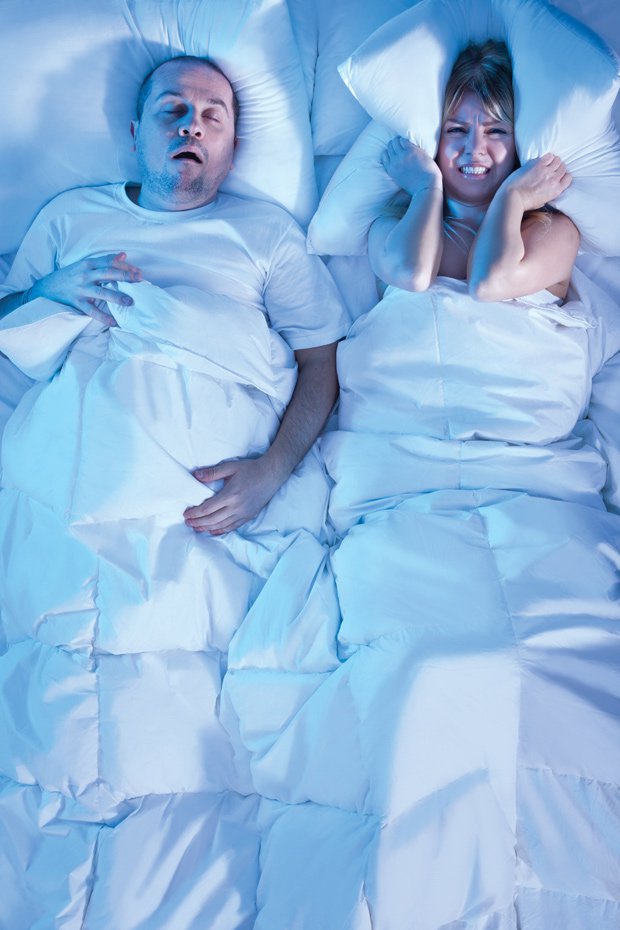Sculptor Diana Reuter-Twining specializes in bronze works that reflect the “beauty, mystery and grace” of the animal world.



Sculptor Diana Reuter-Twining is puzzled. “I can’t decide what to do with it,” she says, surveying a hefty, seven-foot-long peacock hide she keeps in the barn that is her showroom on Bull Run Farm in rural Aldie, Va. Dressed fashionably in black (save for light brown cowboy boots and brown belt with silver-and-turquoise buckle), the petite, animated brunette seems more amused than perplexed as she fingers the ethereal feathers, which are tufted in five or six pounds of leathery, avian epidermis.
However long it takes Reuter-Twining to decide how best to transform the peacock hide into a piece of art, the resulting work likely will capture the essence of the animal. Trained as an architect and practiced as a photographer, Reuter-Twining in recent years has emerged as a sculptor distinguished for her acute observations of wildlife, from rabbit and river otter to fox and cheetah. Her bronze representations are sometimes large and, often, lifelike. “I’m inspired by the natural world,” says Reuter-Twining, “its beauty, mystery and grace.”
Her work has appeared in numerous exhibitions—including the National Museum of Wildlife Art, the Society of Animal Artists and the National Sculpture Society, and clients on three continents have bought her pieces. Typically, it takes her about six months to complete a sculpture. “She is very innovative,” says Jack Summers, owner of the Lovetts Gallery in Tulsa, Oklahoma, who has several Reuter-Twining animal pieces on display. “I’ve done quite well with her work.” The average price, he estimates, is $4,500. Summers says that the sculptor’s style can be “somewhat traditional with some pieces and very contemporary with others. You could own several and not know it’s the same artist.”
Reuter-Twining has lived most of her 58 years on two adjacent farms that have been in her family for more than a century. Now she and husband Ned Twining (whom she calls an “enlightened philanthropist”) divide their time between their farm, Bull Run (across the road from her family homestead, Glenstone Farm), and their ranch in Savery, Wyoming.
Reuter-Twining works primarily in the animalier style, a movement centered on the realistic portrayal of animals and made popular around the turn of the 20th century by Italian artist Rembrandt Bugatti. But realism is not the sole aim. The sculptor seeks to capture a subject at an emblematic moment in time, when it moves or poses in a defining way. Think the first lazy stride of a cheetah descending a plateau, for example, or the final lift of a goose’s wings before touchdown. How does she know when to freeze the subject? “Observation,” she says. “Drawing is the basis for all design. In sculpture, the sketch establishes a gesture, and the gesture evokes an emotion. Integrating those elements is the challenge.”
The artist, who also produces figuratives and objets d’art, has had ample opportunity to observe animals. She grew up on a farm and, when young, followed her father to exotic locales. He is a retired surgeon and professional photographer who did freelance work for National Geographic magazine.
After graduating from Hollins College (now University) in 1973 with a degree in art history, she landed a job as an interior designer for an architectural firm in Alexandria. In spare time, she took art classes at the Torpedo Factory. After two years, she enrolled in the graduate architectural program at Catholic University. After earning the degree, she worked for a couple of architectural firms and then, with a partner, opened her own shop in Washington. It wasn’t until the mid-90s, while on a trip to Africa, that her joy for photography and drawing took a turn. After sketching a family of baboons, she told Ned that the drawing might lend itself to three-dimensional representation, and that, once back in the states, she might commission someone to turn the drawing into a sculpture. “Ned said, ‘Do it yourself,’” she recalls.
She did. But not before enrolling in a program at the Corcoran School of Art, where she learned the fundamentals of sculpture, welding and making molds. “It allowed me to get to another level in my art,” she says. Within a year, she entered her first show, in Charleston, S.C. “I was a little surprised I was admitted,” she confesses. But it inspired her to focus on individualizing her style, and it wasn’t long before she’d earned a spot in the award show of the National Sculpture Society, a prestigious group founded by architects.
Now 12 years into her sculpture career, Reuter-Twining seems in a good artistic place because she likes working in three-dimensional space. “Space is a medium, and it can be manipulated,” she says. “With painting, you’re dealing with [only] the illusion of space.”
Last November, Reuter-Twining started a spin-off business. She introduced a jewelry collection that includes miniature reproductions of some of her animal works, as well as other more whimsical original pieces, cast mostly in silver and gold. Might that mean a peacock brooch is in the offing? Maybe, but first she intends to do something larger with the hide in her barn.









